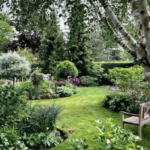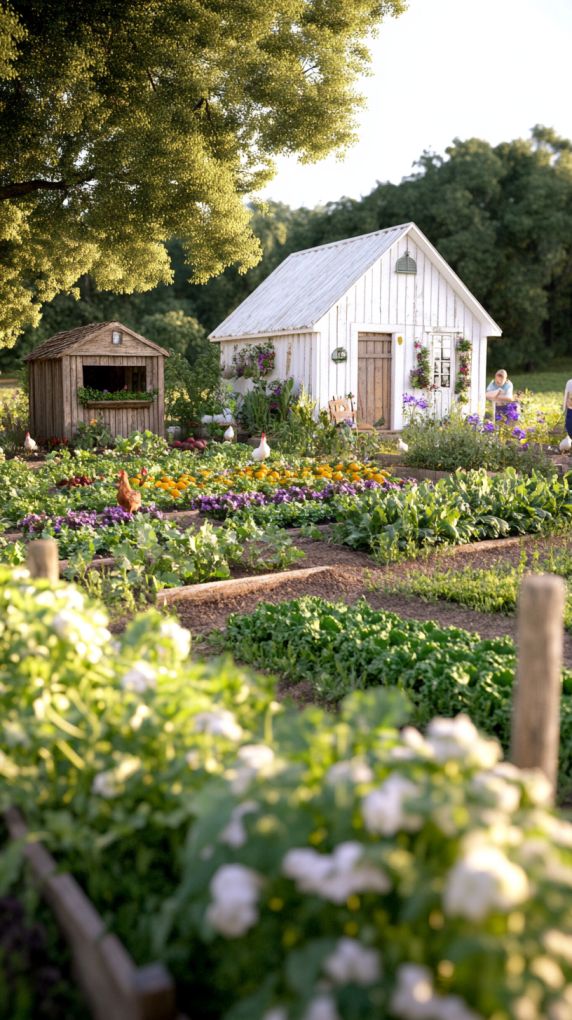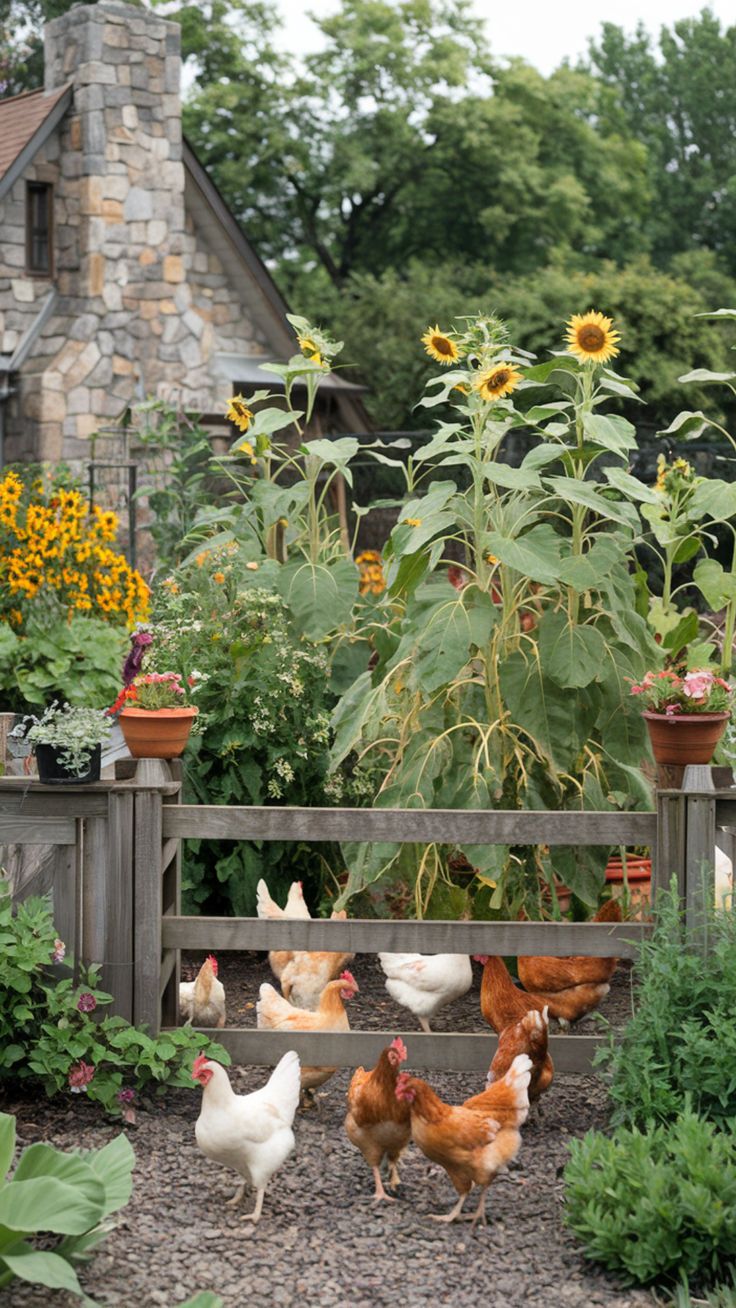New to homesteading? Discover 11 practical homesteading tips for beginners to help you start small, grow smarter, and build a self-sufficient lifestyle one step at a time.
Homesteading is more than just a trend—it’s a mindset. Whether you’re dreaming of chickens in the backyard or going full off-grid, the shift toward self-sufficiency is growing. But if you’re new to the lifestyle, it can feel overwhelming. Where do you even start?
This post breaks it down. Here are the most practical homesteading tips for beginners—no fluff, just what works.
What is Homesteading?
Homesteading is a lifestyle focused on self-sufficiency, where individuals or families grow their own food, raise animals, make household goods from scratch, and often reduce reliance on modern systems like grocery stores or utility grids. It doesn’t require a farm or acres of land—homesteading can happen in rural, suburban, or even urban settings. At its core, it’s about taking control of your resources, building practical skills, and living more intentionally with what you have. Here is how you can start homesteading:
1. Start Where You Are
One of the biggest mistakes beginners make is thinking they need 20 acres, a farmhouse and a barn to start homesteading. You don’t. You can start in a suburban backyard, on a rented property, or even in an apartment with a windowsill garden.
Homesteading is about mindset and resourcefulness, not acreage. Grow herbs in pots. Bake your own bread. Learn to can vegetables. Every small skill builds your foundation.
2. Grow What You Eat
It’s tempting to go wild planting rare heirloom vegetables, but the key is to grow what you actually eat. If your family hates kale, don’t plant a dozen rows of it. Stick to your staples—tomatoes, peppers, beans, lettuce.
Start with just a few easy crops your first season. Lettuce, radishes, and green beans are great choices for beginners. Keep it manageable and build your skills one step at a time.
3. Plan Before You Plant
A garden doesn’t just happen—it needs a plan. Figure out where the sun hits your property, test your soil, and sketch out your garden space before planting. Without a plan, you’ll waste time, space, and money. Also, stagger your plantings so everything doesn’t ripen all at once. You don’t want 50 cucumbers in a single week.
4. Learn to Compost
If you're gardening, you’ll want to compost. It’s free fertilizer and keeps waste out of the landfill. Set up a simple bin using pallets, trash cans, or plastic tubs. Toss in fruit and veggie scraps, coffee grounds, eggshells, grass clippings, and dry leaves.
Don’t overthink it. Keep a rough balance of greens (wet stuff) and browns (dry stuff), turn it once in a while, and let nature do the rest.
5. Raise Chickens (But Only If You're Ready)
Chickens are often the first animal people bring to the homestead—and for good reason. They’re relatively easy to care for, they eat kitchen scraps, and they give you eggs in return.
But they’re still a commitment. You need a secure coop, a feeding routine, and a plan for winter care. Check your local laws before you bring home a flock. Some cities have restrictions on backyard chickens.
6. Preserve What You Grow
One of the most essential homesteading tips for beginners is to learn food preservation. Growing food is just the first part—storing it is what makes you self-sufficient.
Start with something easy like freezing or dehydrating. Then move on to water bath canning for jams, pickles, and tomatoes. Pressure canning comes later for meats, beans, and low-acid foods. Take it slow. Safety matters here.
7. Build Skills, Not Just Stuff
Don’t get caught up buying every tool or gadget you see on YouTube. Focus on learning the actual skills—gardening, animal care, cooking from scratch, basic carpentry, and sewing or mending. These skills will serve you far better than a shiny new tool you don’t know how to use.
Books, local classes, YouTube, and your neighbors are all valuable resources. Homesteading is a lifelong learning curve.
8. Get Your Finances in Order
Homesteading isn’t free. Seeds, tools, fencing, feed, and repairs all cost money. One of the smartest homesteading tips for beginners is to create a budget. Track your expenses, plan ahead for big purchases, and always have an emergency fund.
Many homesteaders look for ways to make money from their land—selling eggs, vegetables, seedlings, baked goods, or handmade products. But don’t rush it. Focus on learning first, income second.
9. Embrace Imperfection
Your first year (or three) will be messy. Crops will fail. Animals will escape. You’ll burn bread, jam won’t set, tools will break. That’s normal.
Homesteading isn’t about perfection—it’s about problem-solving. The people who succeed are the ones who keep showing up, learning from mistakes, and trying again. Failures are part of the process.
10. Find Your Community
You don’t have to do it all alone. Local farming groups, Facebook homesteading communities, seed swaps, and farmers markets are great places to connect with others. These folks can share advice, bartering opportunities, and sometimes even tools or seedlings.
If you’re serious about long-term homesteading, community isn’t optional—it’s essential.
11. Don’t Try to Do Everything at Once
This one’s important. If you take on too much too fast, you’ll burn out. Choose 1–2 projects to focus on each season. Maybe this year it’s a small garden and compost bin. Next year you add chickens. After that, you try preserving or soap making. Homesteading is a marathon, not a sprint. You’re building a lifestyle, not just checking off tasks.
Final Thoughts
Homesteading is deeply rewarding, but it’s not always easy. If you're serious about it, start small, build your knowledge, and enjoy the process. The satisfaction of feeding your family from your own land, with food you grew or raised yourself, is worth every ounce of effort.
By following these homesteading tips for beginners, you’ll avoid common pitfalls and set yourself up for long-term success. Remember—homesteading isn’t about having it all figured out. It’s about learning as you go and doing the best you can with what you have.
Until next time,


















Leave a Reply